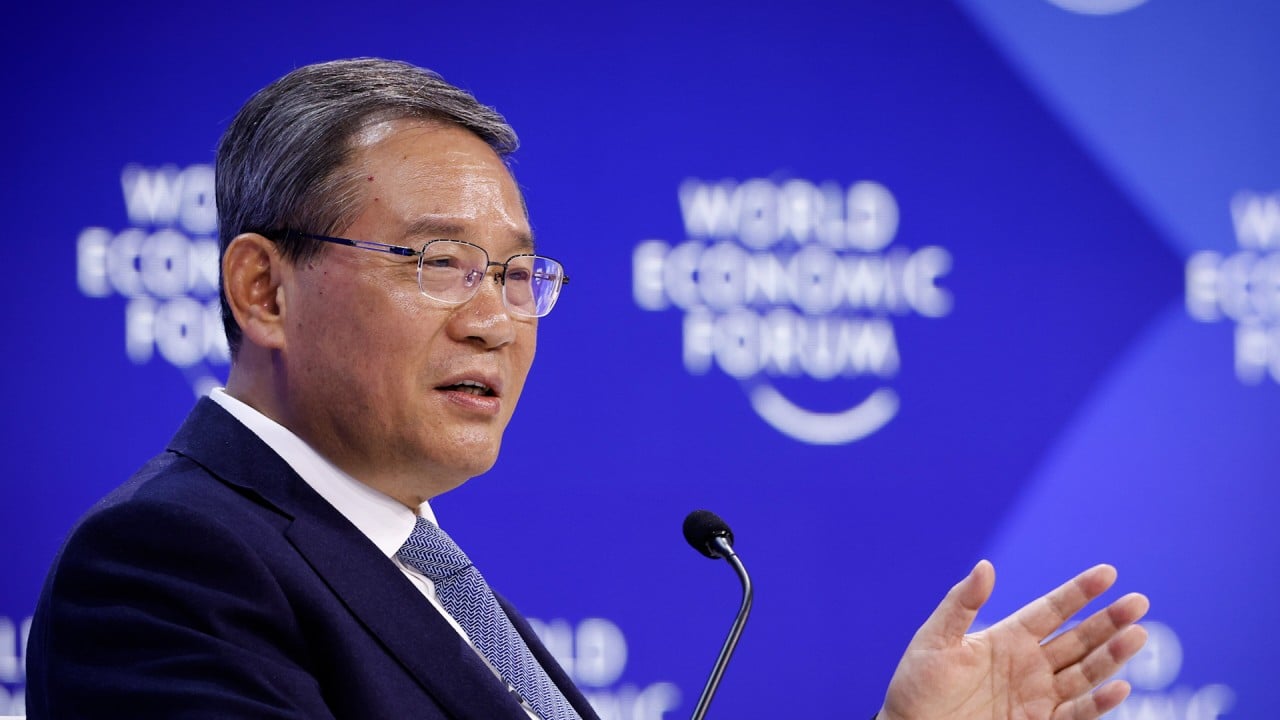China GDP: provinces set conservative 2024 economic growth targets as debt hangover bites
Tianjin, having relied on debt to fund massive infrastructure projects to fuel growth, owed 864.5 billion yuan at the end of 2022, according to the Guangzhou-based Yuekai Securities.
‘Growth nothing to write home about’: 7 takeaways from China’s economic data
But its total fiscal revenue in 2022, including transfer payments from the central government, was less than 300 billion yuan.
Fixed-asset investment in Tianjin dropped by 16.4 per cent year on year in 2023, as officials scrambled to accomplish a debt-reduction plan.
Beijing has mandated debt-ridden localities to restructure their debt and rein in spending, as local governments grapple with falling revenues and a protracted property sector downturn.
China seeks economic ‘strength down the road’ with 1 trillion yuan debt plan
Beijing has allowed local governments to issue special refinancing bonds to avoid defaults, while the central government has leveraged its low debt ratio to also increase their transfer payments.
With the local debt mountain viewed as being among the key threats to China’s fiscal and economic stability, the Ministry of Finance said local governments owed 40.6 trillion yuan at the end of November.
However, there could be more implicit liabilities hidden in local government financing vehicles (LGFVs), state-owned enterprises and public-private partnership projects.
The southwestern province of Yunnan, which saw its debt climb to 1.2 trillion yuan in 2022, registered 4.4 per cent growth in 2023. The agrarian province has set a target of around 5 per cent for this year.
Guizhou, the southern province known for its many underused roads and other infrastructure financed by debt, also underperformed with GDP growth of 4.9 per cent last year. It has set a target of 5.5 per cent for 2024.
The northeastern backwater of Heilongjiang recorded dismal growth of 2.6 per cent last year, but it is also targeting 5.5 per cent growth in 2024 amid rising tourism revenues.
Beijing has pinned its hope on major economic powerhouses, including Guangdong, Jiangsu and Zhejiang, to deliver higher growth this year.
